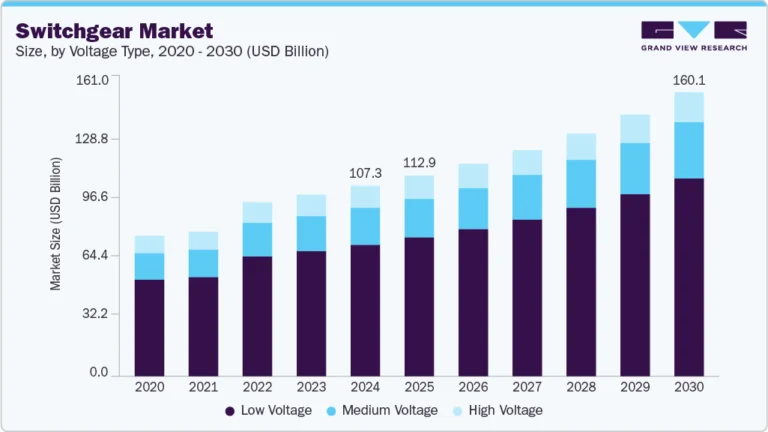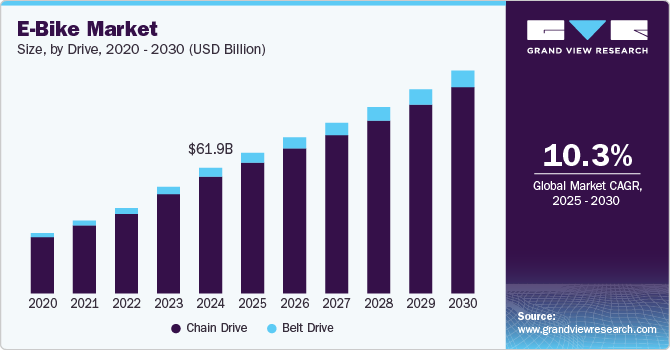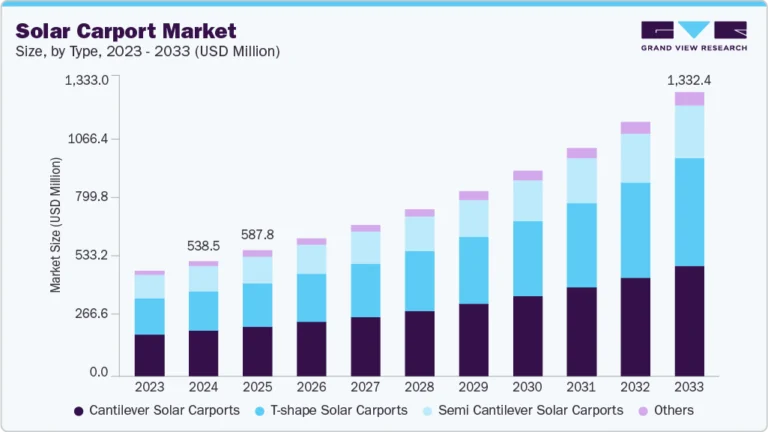Drilling Waste Management Market Size, Share & Trends Analysis grow at a CAGR of 4.5% from 2024 to 2030

The global drilling waste management market size was valued at USD 5.43 billion in 2023 and is projected to grow at a CAGR of 4.5% from 2024 to 2030. This can be credited to the increasing environmental concerns and stringent regulations governments impose worldwide. Companies have increasingly recognized the need for effective drilling waste management as the oil and gas industry expands. Regulatory bodies have significantly enforced strict guidelines to minimize the environmental impact of drilling activities. This regulatory pressure ensures that companies invest in technologies and processes that reduce waste generation and enhance waste treatment and disposal methods.
Request a free sample copy or view report summary: https://www.grandviewresearch.com/industry-analysis/drilling-waste-management-market/request/rs1
The technological advancements have played a significant role in driving the drilling waste management market. Innovations in waste treatment technologies, such as thermal desorption units, advanced solid control systems, and bioremediation techniques, have been widely used in treating and recycling waste and products. These technologies improve the efficiency of waste management processes and reduce the environmental footprint of drilling operations. Companies have increasingly adopted these advanced technologies to comply with regulations and enhance their sustainability efforts
Furthermore, the growing focus on sustainable practices within the oil and gas industry has been another crucial market driver. Companies have increasingly recognized the importance of environmental stewardship and actively sought ways to minimize their ecological impact. Moreover, the increasing use of circular economy principles in the oil and gas industry has encouraged the development of efficient waste management methods focusing on recycling.
Application Insights
The offshore segment dominated the market and accounted for a share of 74.6% in 2023. Offshore drilling activities generate significant amounts of waste, including drilling fluids, cuttings, and produced water, which can have severe environmental impacts when not managed properly. This has compelled companies to increasingly adopt advanced waste management practices such as thermal desorption units and advanced solid control systems. These have significantly improved the ability to manage and reduce waste generated during offshore drilling activities. In addition, the expansion of offshore drilling activities, particularly in deepwater and ultra-deepwater regions has driven the market. The increased exploration and production activities in these regions have resulted in higher volumes of waste, necessitating effective waste management solutions.
The onshore segment is expected to register a significant CAGR during the forecast period. Waste management processes are more simplified compared to offshore installations, withbetter access to locations and overall ease of logistics. The segment was further driven by modular waste treatment technologies that facilitate on-site treatment, with no significant transportation costs. Moreover, the development of horizontal drilling and hydraulic fracturing in unconventional reservoirs introduced new waste management procedures. Companies have increasingly focused on drilling waste disposition and utilization in value models such as road bases and construction industries.





